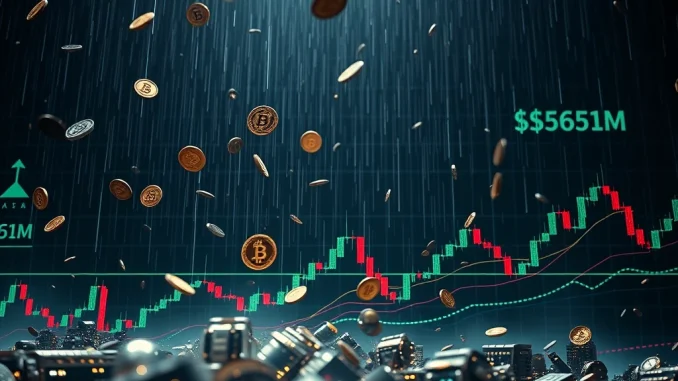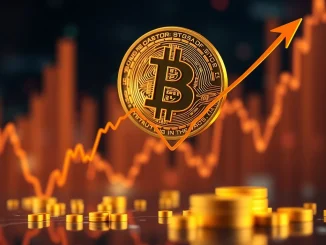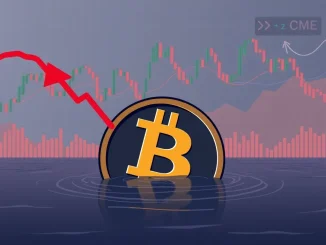
The cryptocurrency market is no stranger to sudden, sharp movements, and recent data highlights this reality starkly. Traders engaging in leveraged positions on major exchanges have just experienced a significant wave of liquidations. This event serves as a powerful reminder of the inherent risks involved in crypto trading, especially when using leverage.
What Just Happened with Crypto Futures Liquidation?
In a rapid move that caught many off guard, approximately $102 million worth of crypto futures positions were liquidated across various major exchanges within a single hour. This immediate impact adds to a larger trend observed over the past 24 hours, which has seen a total of around $473 million in futures liquidation.
Liquidations occur when a trader’s leveraged position is forcibly closed by an exchange. This happens because the trader’s margin balance falls below the required maintenance margin level. This typically occurs during periods of high market volatility, where sudden price swings move against the trader’s prediction. When a position is liquidated, the trader loses their initial margin and any profits accumulated up to that point.
Why Such Large Liquidations?
Several factors can contribute to such substantial crypto futures liquidation events:
- Sudden Price Movements: A rapid and unexpected price increase or decrease in major cryptocurrencies like Bitcoin or Ethereum can trigger cascading liquidations, particularly for highly leveraged positions.
- High Leverage Usage: Many traders use high leverage (e.g., 10x, 50x, or even 100x) in futures trading. While this can amplify profits, it also drastically reduces the margin required to maintain a position, making it highly susceptible to liquidation from even small price changes.
- Market Sentiment Shifts: News events, regulatory updates, or significant whale activity can quickly shift market sentiment, leading to rapid price adjustments that trigger stops and liquidations.
- Liquidity Gaps: In volatile markets, brief gaps in liquidity can cause price slippage, pushing prices past liquidation levels faster than expected.
Impact on the Cryptocurrency Market
Large-scale liquidations have a tangible impact on the overall cryptocurrency market. When positions are liquidated, the exchange often sells the underlying asset to close the position. This selling pressure can exacerbate the initial price move, potentially triggering further liquidations in a cascading effect. This cycle contributes significantly to market volatility.
For traders, these events highlight the inherent risks of leveraged crypto trading. While leverage offers the potential for amplified gains, it comes with the significant risk of rapid and complete loss of invested capital. Understanding margin requirements and using risk management tools like stop-loss orders are crucial.
Navigating Volatility: Actionable Insights
How can traders better navigate periods of high market volatility and the risk of futures liquidation?
- Manage Leverage: Use lower leverage ratios, especially if you are new to futures trading or during uncertain market conditions.
- Implement Stop-Loss Orders: Set stop-loss orders to automatically close your position if the price moves against you by a certain percentage, limiting potential losses.
- Understand Margin: Be fully aware of the initial margin and maintenance margin requirements for your positions.
- Diversify: Don’t put all your capital into highly leveraged positions on a single asset.
- Stay Informed: Keep track of market news and sentiment that could lead to sudden price swings.
Conclusion: A Stark Reminder of Trading Risks
The recent wave of crypto futures liquidation, seeing over $100 million vanish in just an hour and nearly half a billion over 24 hours, is a stark reminder of the risks inherent in leveraged trading within the cryptocurrency market. While futures trading offers opportunities, the speed and scale of liquidations underscore the critical importance of robust risk management. Traders must approach leveraged positions with caution, understanding that high rewards come with equally high risks, especially during periods of significant market volatility.



